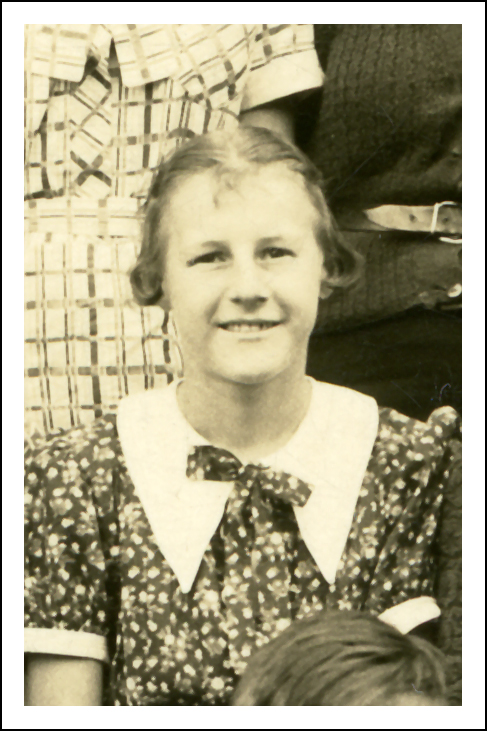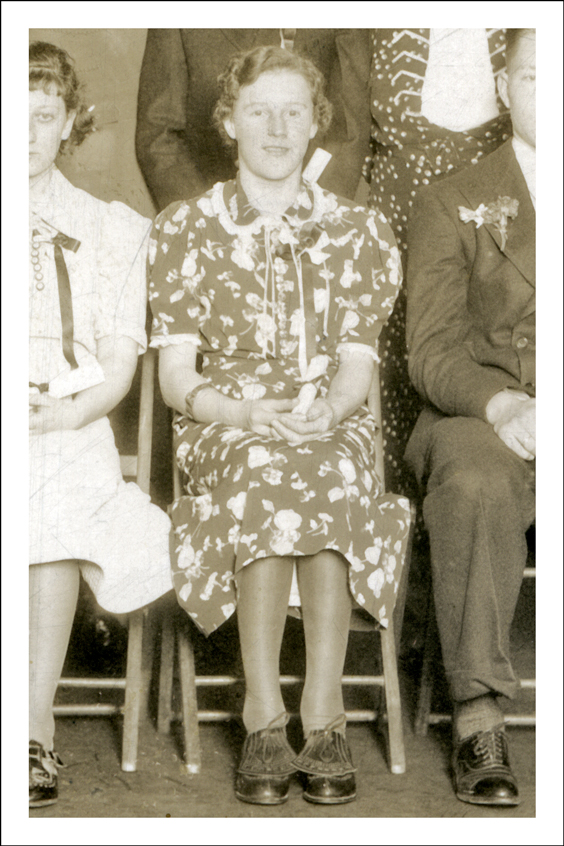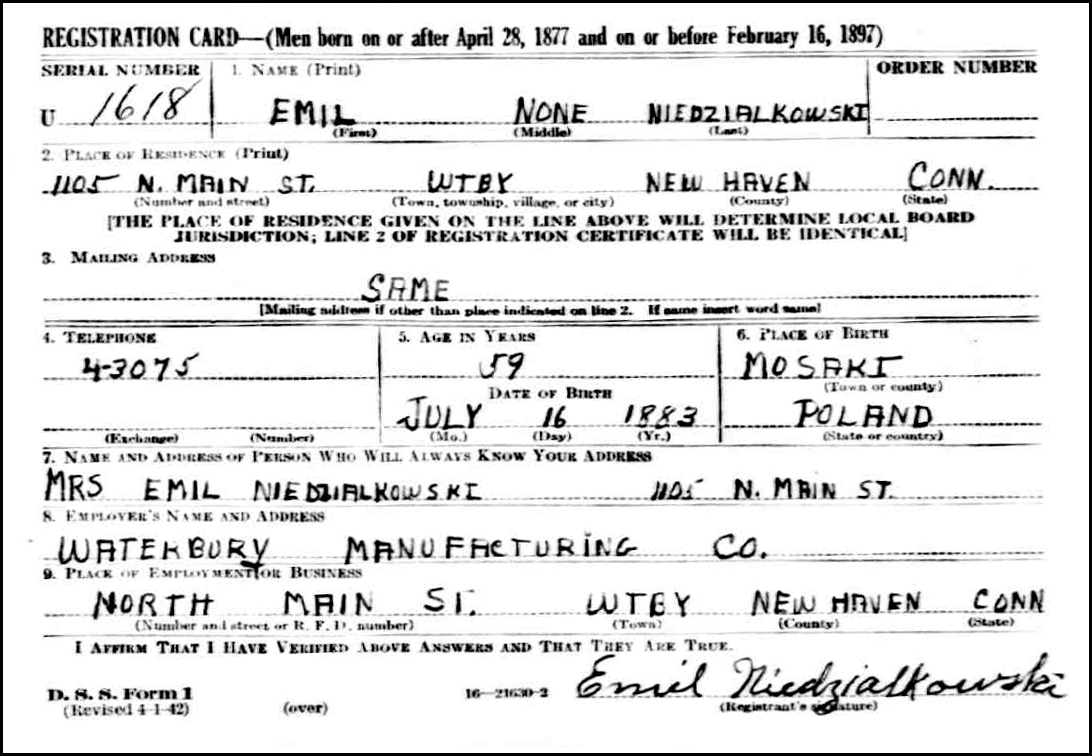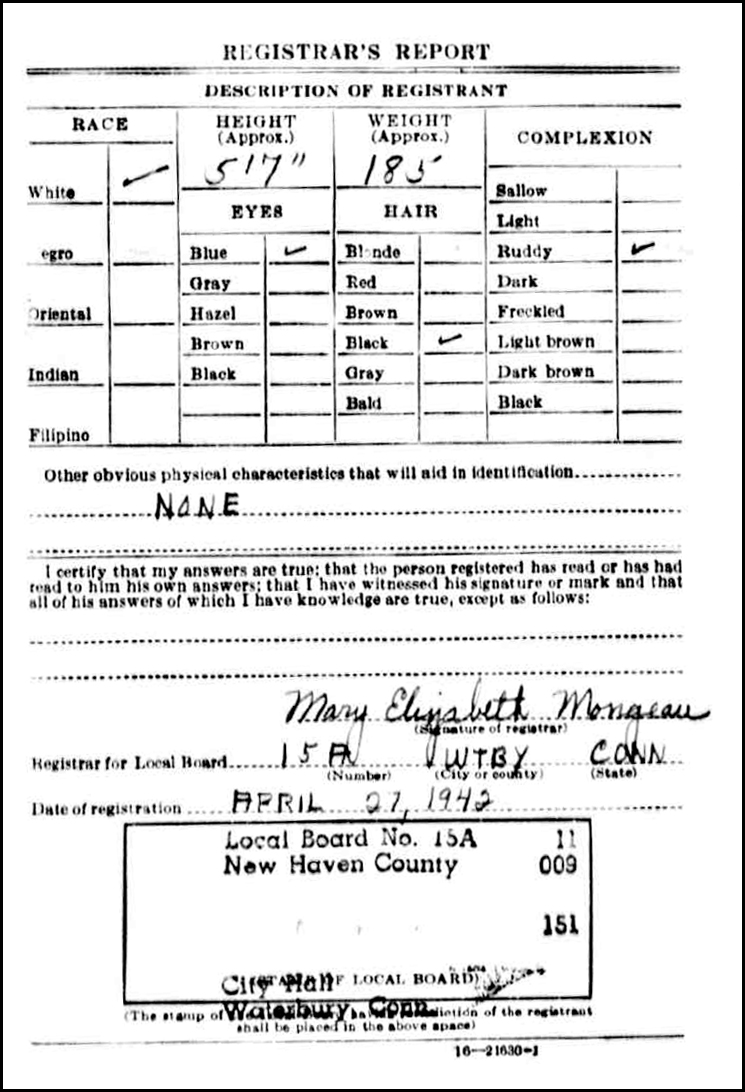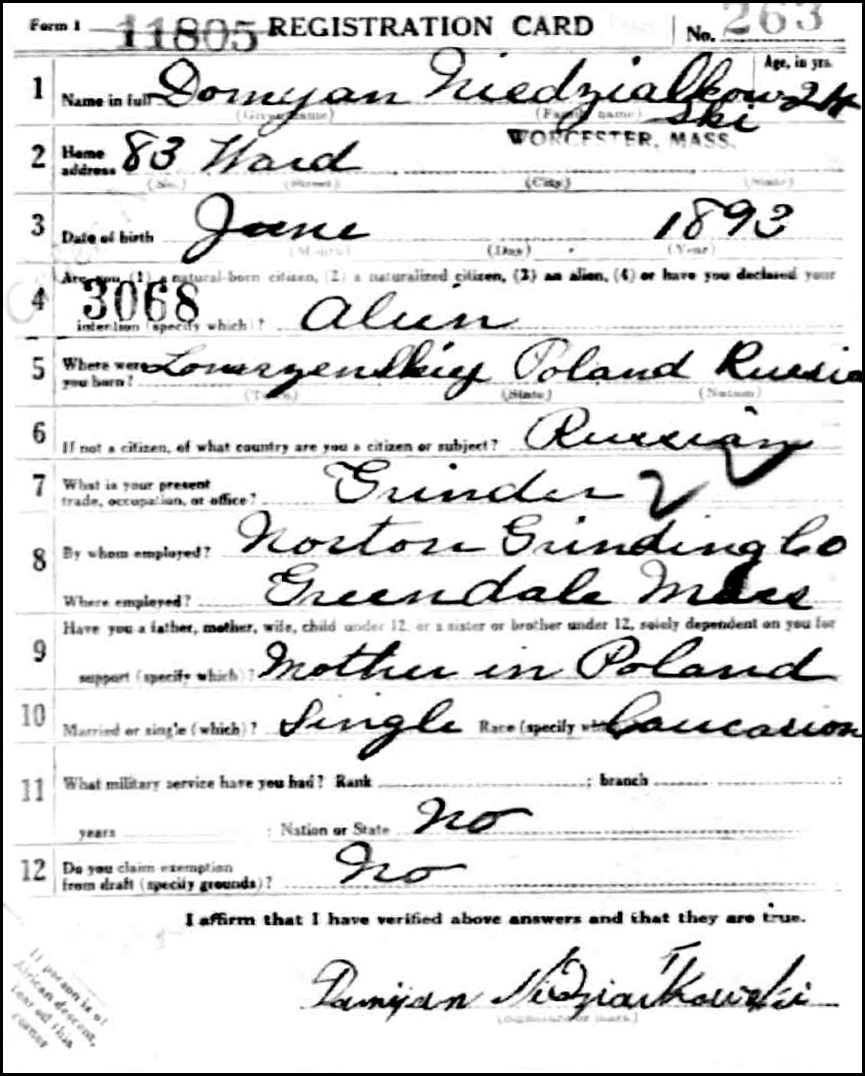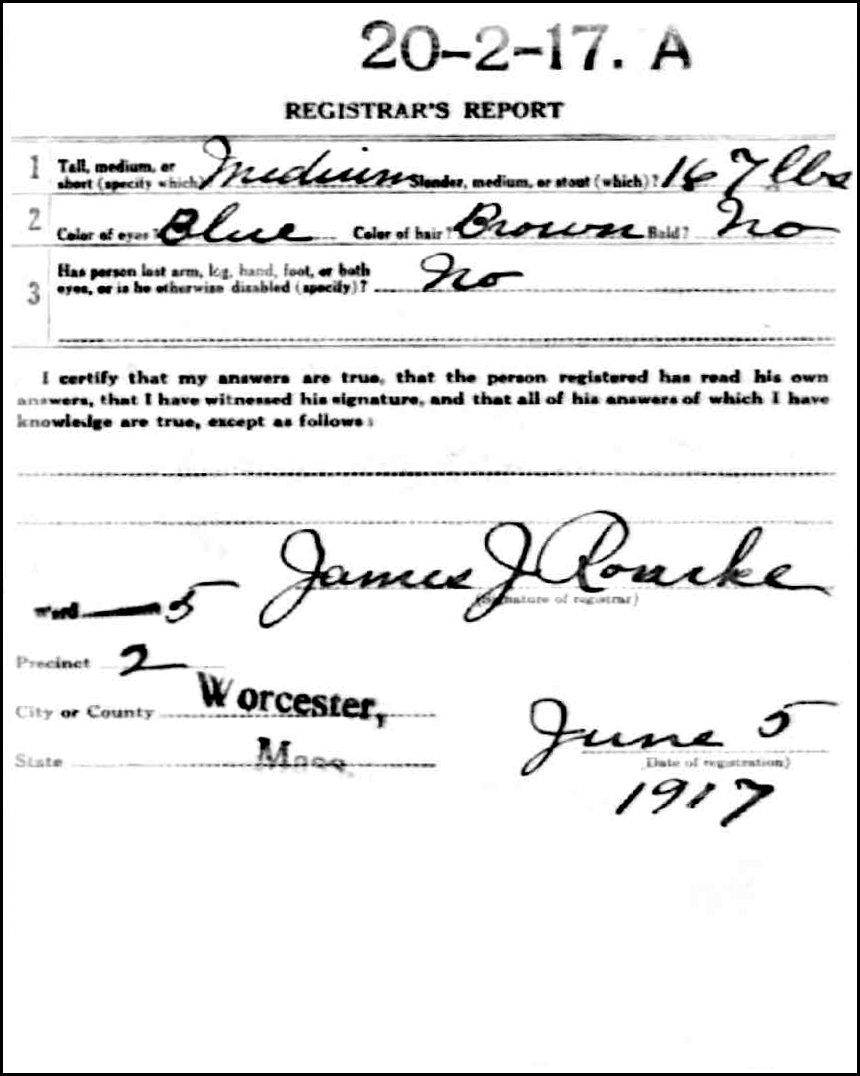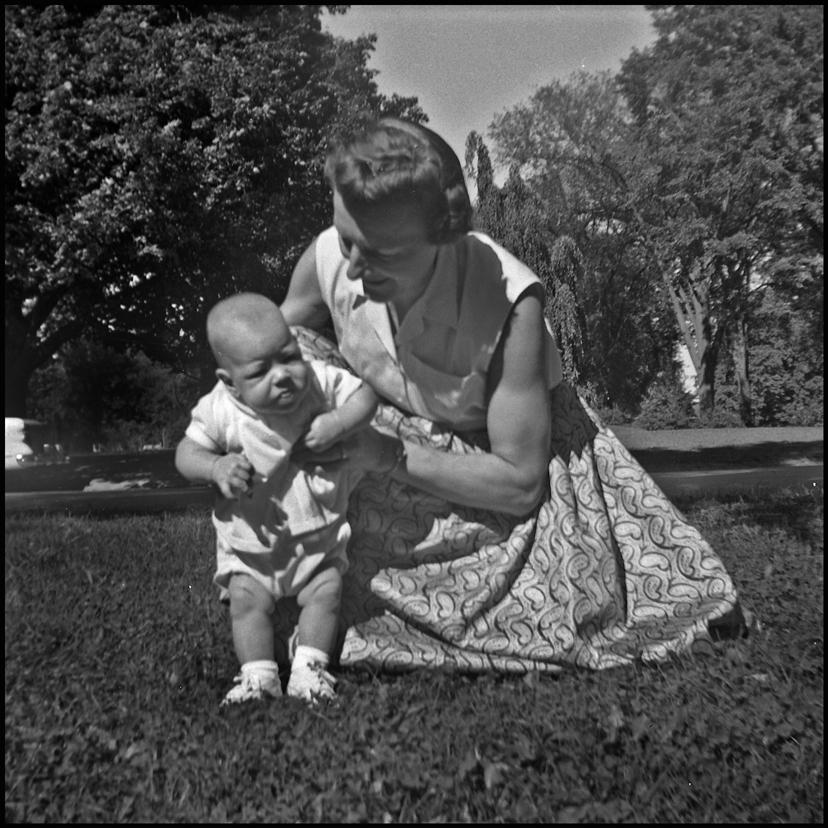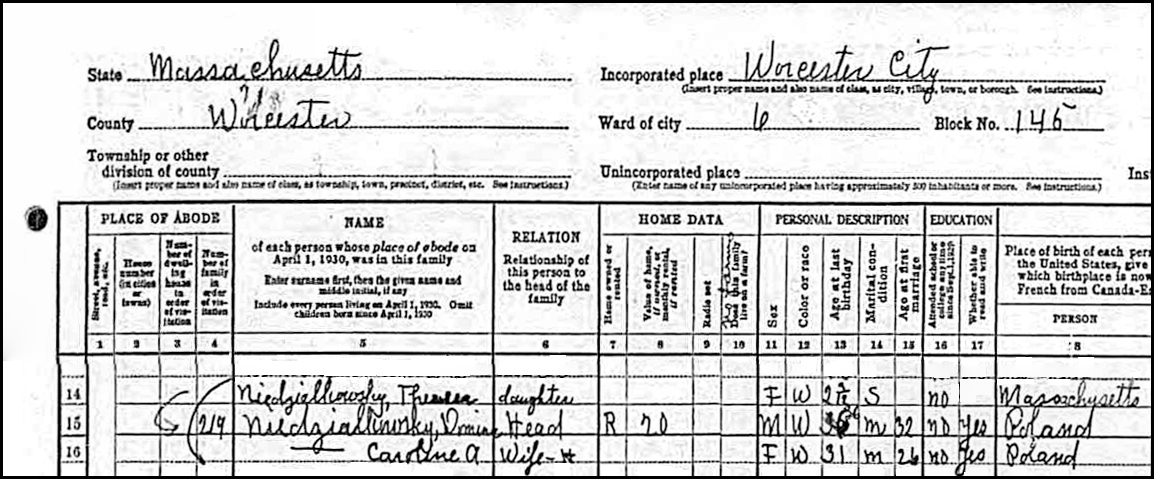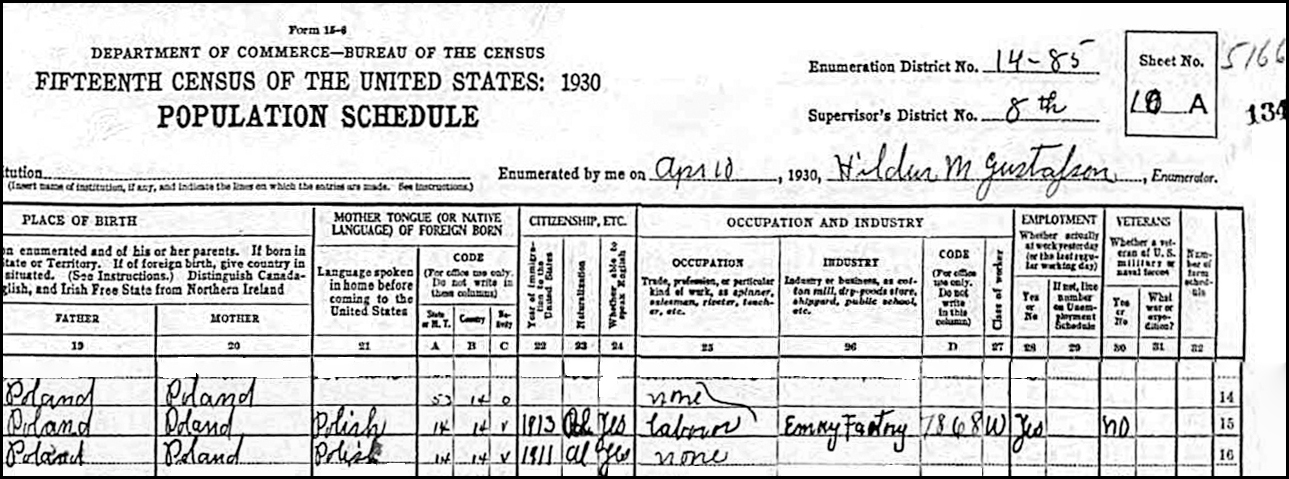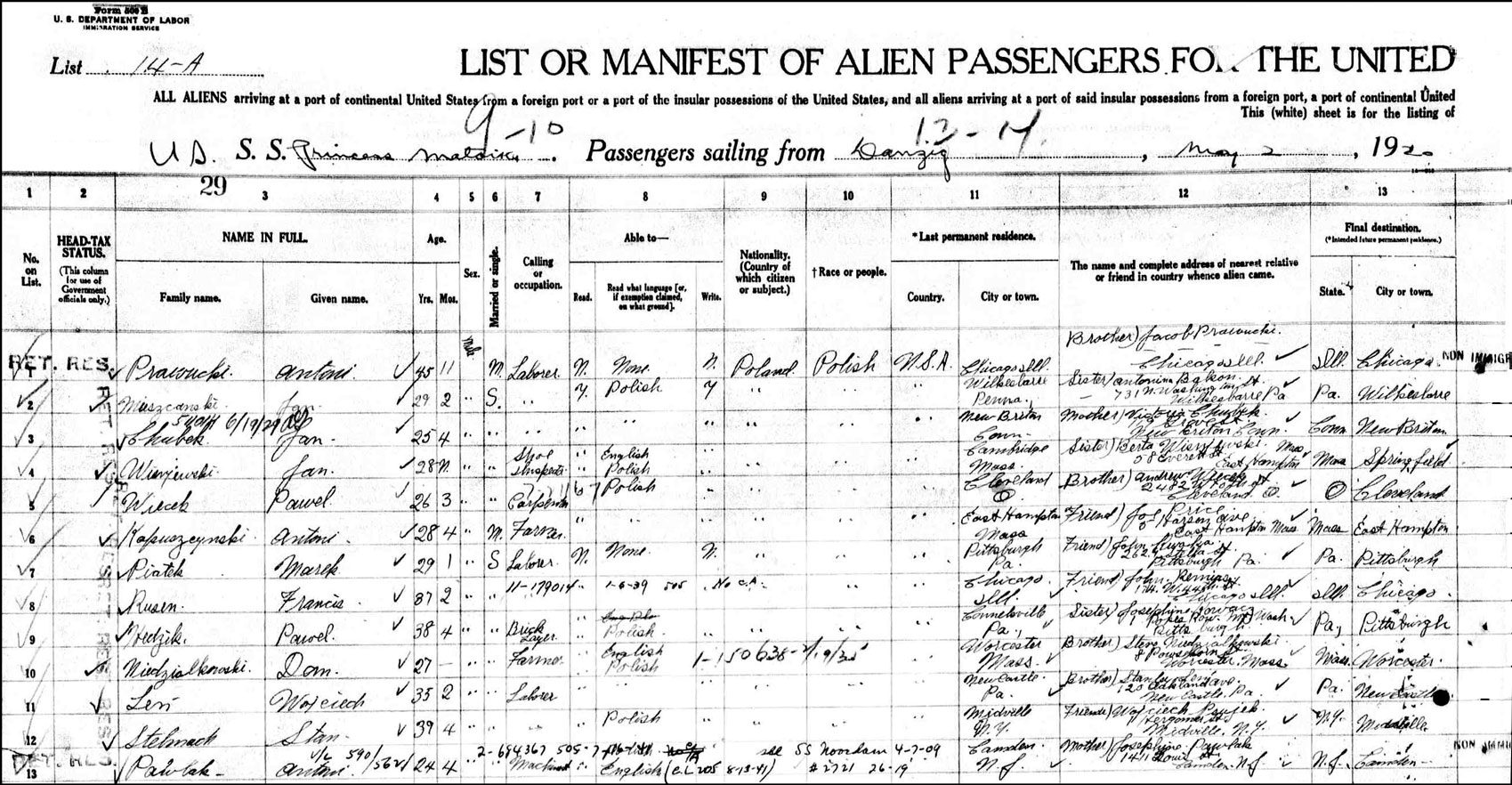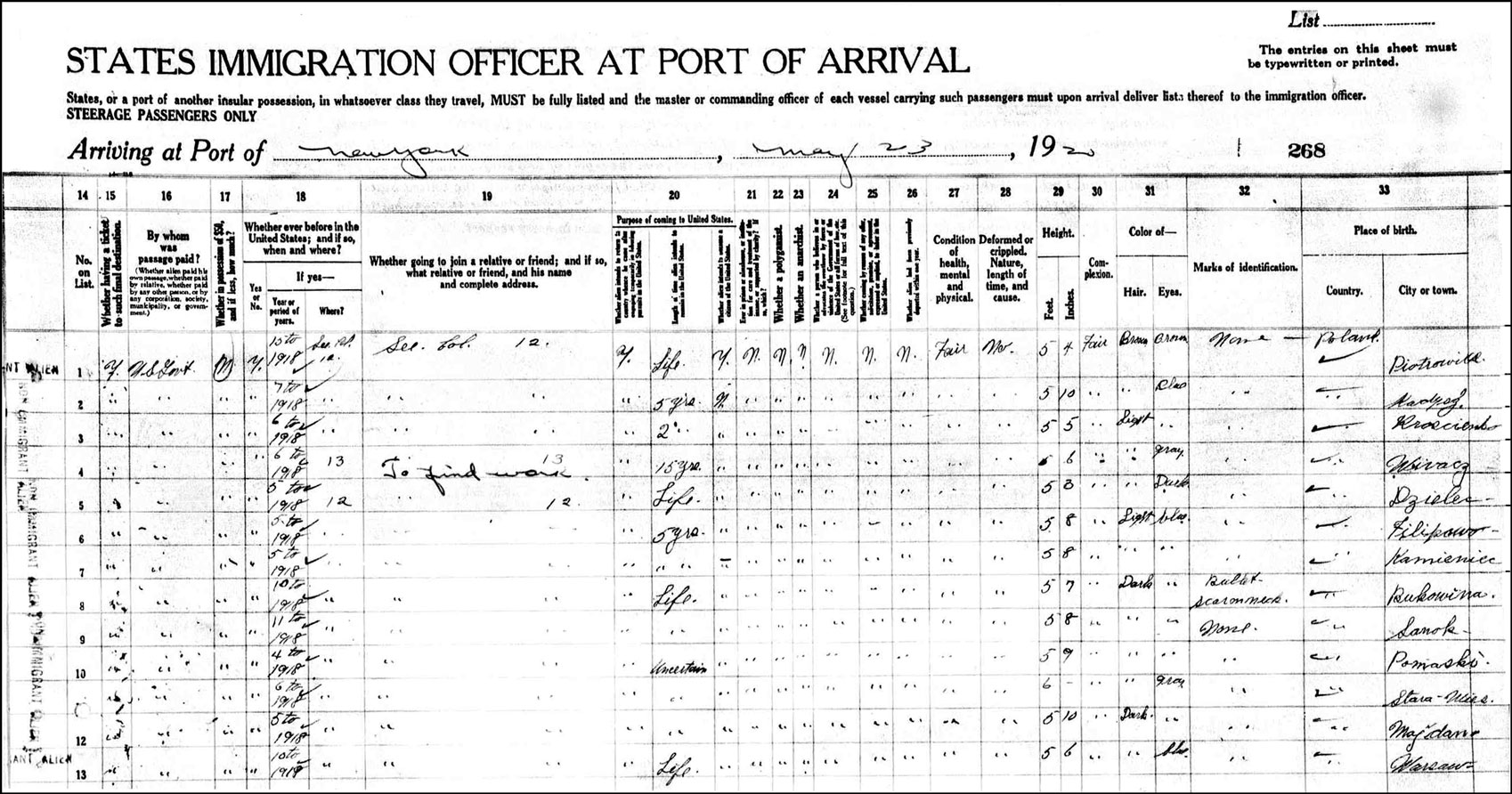The California Genealogical Society held a membership meeting on Saturday, May 10 at the Society’s library in Oakland, California.
Jane Lindsey, President of the Society, began the meeting with a discussion of upcoming Society activities, including a Workshop on Scandinavian Research on June 14, four classes on Irish Research by Nora Hickey on July 9, a panel discussion on Breaking Down Brick Walls on July 12, a Workshop on Publishing Your Family History on August 9, and a Society research trip to Boston from September 21-28.
Steve Harris, collector of City Directories and Phone Books, announced that he has acquired 1000 new directories, including 600 for California cities. His collection is located across the hall from the California Genealogical Society Library and is open on the second Saturday and third Friday of each month (or by appointment).
The featured speaker for the day was Steve Morse, creator of the One-Step Webpages, who presented two lectures: “The Jewish Calendar Demystified” and “What Color Ellis Island Search Form Should I Use?”.
The Jewish Calendar Demystified
Various calendars have been developed throughout history to mark the passage of time and are commonly based on the solar calendar (the secular calendar), the lunar calendar (the Muslim calendar), or a combination of the two (the Jewish calendar).
Molad, the new moon, defines the start of the new month. A lunar month lasts 29 days, 12 hours, 44 minutes, and 3 1/3 seconds, or 29 days, 12 hours, 793 halaqim . There are between 12 and 13 lunar months in a solar year.
Because 19 years encompass almost exactly 235 months, the Jewish calendar employs a cycle of 19 years, as do the Chinese calendar and the Ancient Greek calendar. In a cycle of 19 years, the Jewish calendar includes 12 common years of 12 months, and 7 leap years of 13 months. Leap years occur in years 3, 6, 8, 11, 14, 17, and 19 of each 19 year cycle.
The months in the Jewish calendar are:
- Tishri -30 days
- Heshvan – 29 days
- Kislev – 30 days
- Tevret – 29 days
- Shevat – 30 days
- Adar 1 – 30 days (Adar 1 occurs only in leap years)
- Adar 2 – 29 days
- Nisan – 30 days
- Iyyar – 29 days
- Sivan – 30 days
- Tamuz – 29 days
- Ab – 30 days
- Elul – 29 days
However, a common year is 8 hours, 876 halaqim too short and a leap year is 2 hours, 491 halaqim too long.
Thus, the first day of Tishri will drift from the molad of Tishri (the new moon that marks the beginning of the month of Tishri). If the molad falls on the first day of Tishri, everything is fine. If the first of Tishri arrives too soon, the Jewish calendar adds one day to the preceding month of Heshvan (this is called a complete year). If the first day of Tishri arrives too late, the Jewish calendar subtracts a day from the preceding month of Kislev (this is called a defective year).
- In a defective year, Heshvan is 29 days, Kislev is 29 days, a common year is 353 days, and a leap year is 383 days.
- In a normal year, Heshvan is 29 days, Kislev is 30 days, a common year is 354 days, and a leap year is 384 days.
- In a complete year, Heshvan is 30 days, Kislev is 30 days, a common year is 355 days, and a leap year is 385 days.
But here is where things get more complicated. There are four rules that further govern the Jewish calendar.
- If molad Tishri falls on a Sunday, Wednesday, or Friday, the first day of Tishri must be delayed by one day. If Tishri begins on a Wednesday or Friday, Yom Kippur would fall on a Friday or a Sunday, making it impossible to prepare food for the day after the Yom Kippur fast, due to Sabbath restrictions. if Tishri begins on a Sunday, the seventh day of Succoth would fall on the Sabbath.
- If molad Tishri occurs at noon or later, the first day of Tishri must be delayed by one day in order to ensure that the new crescent moon is visible during the first day of the year.
- If molad Tishri falls on a Tuesday at 3:11:20 AM or later, then the first of Tishri is delayed by one day, otherwise both rules 1 and 2 will be invoked, making the previous year too long (356 days).
- If molad Tishri after a leap year falls on Monday at 9:32:43 1/3 AM or after, then the first of Tishri is delayed by one day, otherwise the previous leap year would have been delayed by both rules 1 and 2, making the previous leap year too short (382 days).
Biblical creation began on the 25th of Elul in year 1 and ended on the 1st of Tishri in year 2. Today, May 11, 2008 is the 6th of Iyyar in the year 5768. The conversion from the Gregorian calendar which we use today to the Jewish calendar can be computed on Steve’s One-Step Webpage for Jewish Calendar Conversions.
The Jewish calendar slowly creeps forward compared to the astronomical year since a year lasts 365.2422 days, but the Jewish calendar, on average, lasts 365.2468 days. Thus, the Jewish calendar will creep one day forward every 217 years. The Gregorian calendar which is in common use today is also subject to calendar creep, but the Gregorian calendar creeps forward only 1 day every 3333 years. By comparison, the Julian calendar which was replaced by the Gregorian calendar crept forward 1 day every 128 years.
What Color Ellis Island Search Form Should I Use?
Steve’s second lecture described how and why he developed his One-Step Webpages. In short, he began development of his webpages because he realized that the Ellis Island database search form often required multiple steps in order to find an entry, but the Ellis Island search engine itself was capable of performing several of these steps with a single command. And so, Steve developed a search form (the White Form) to search the Ellis Island database in one step, using the search engine at the Ellis Island site.
As time passed, and Steve continued to develop his webpages, he entered into collaborations with others who had the necessary expertise to further improve the search form. Soon, the Blue Form was developed that employed an independent search engine that would search the data from the Ellis Island site. The Blue Form searched only Jewish records. The Blue Form could perform a Soundex search, it could search by town, year of birth, partial ship names, by arrival month & day, and marital status. The Ellis Island search engine could not search by these parameters.
The Blue Form was followed by the Grey Form, which could search by the same parameters as the Blue Form, but the Grey Form could search non-Jewish records.
In November 2006, Steve released the Gold Form. The Gold Form uses its own search engine and can search all Ellis Island records by all parameters that were transcribed. The Gold Form replaces both the Blue Form and the Grey Form.
Now, users of Steve Morse’s One-Step Webpages can use the Gold Form as their first choice, enabling them to use the most powerful search engine and the most complete search form available for the Ellis Island database. The White Form is still available for those who may wish to employ an alternate search using the search engine at Ellis Island, but with a more complete search form than is available at Ellis Island.
Copyright © 2008 by Stephen J. Danko

